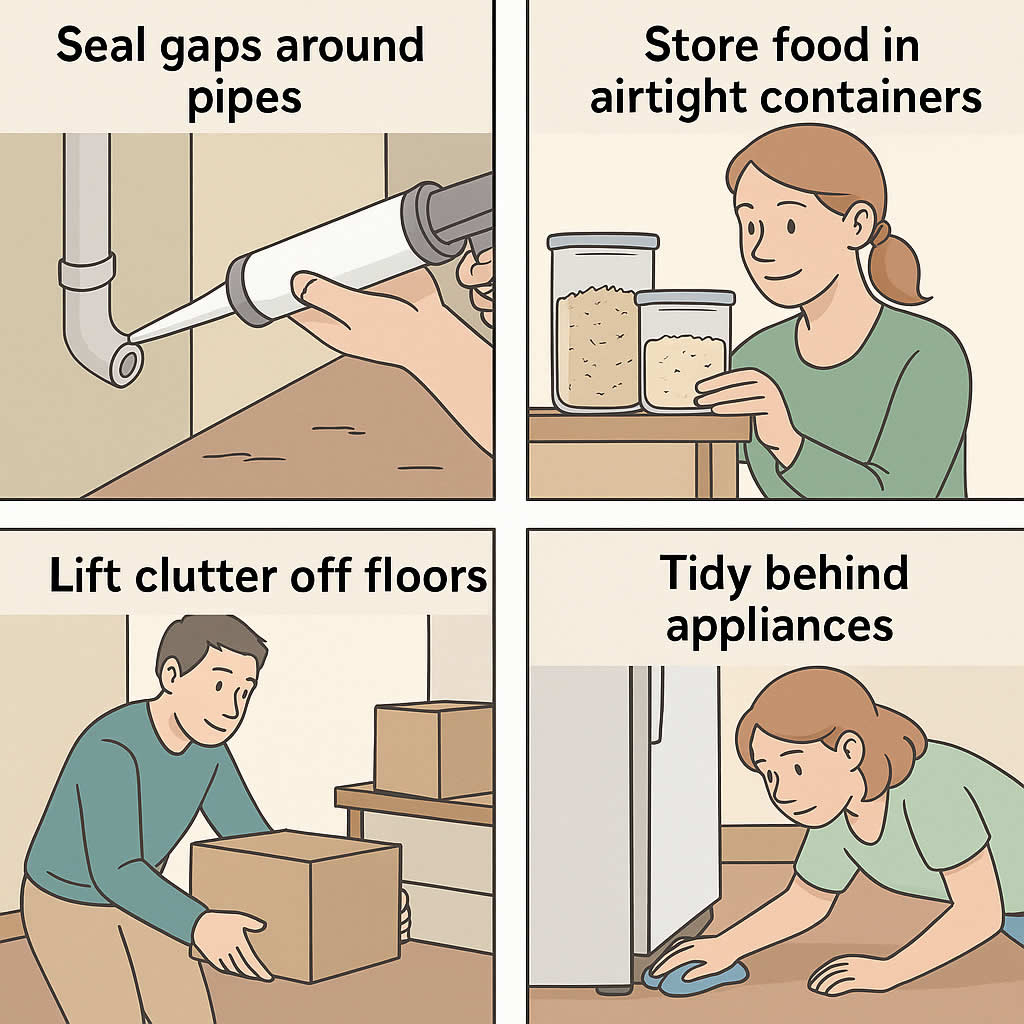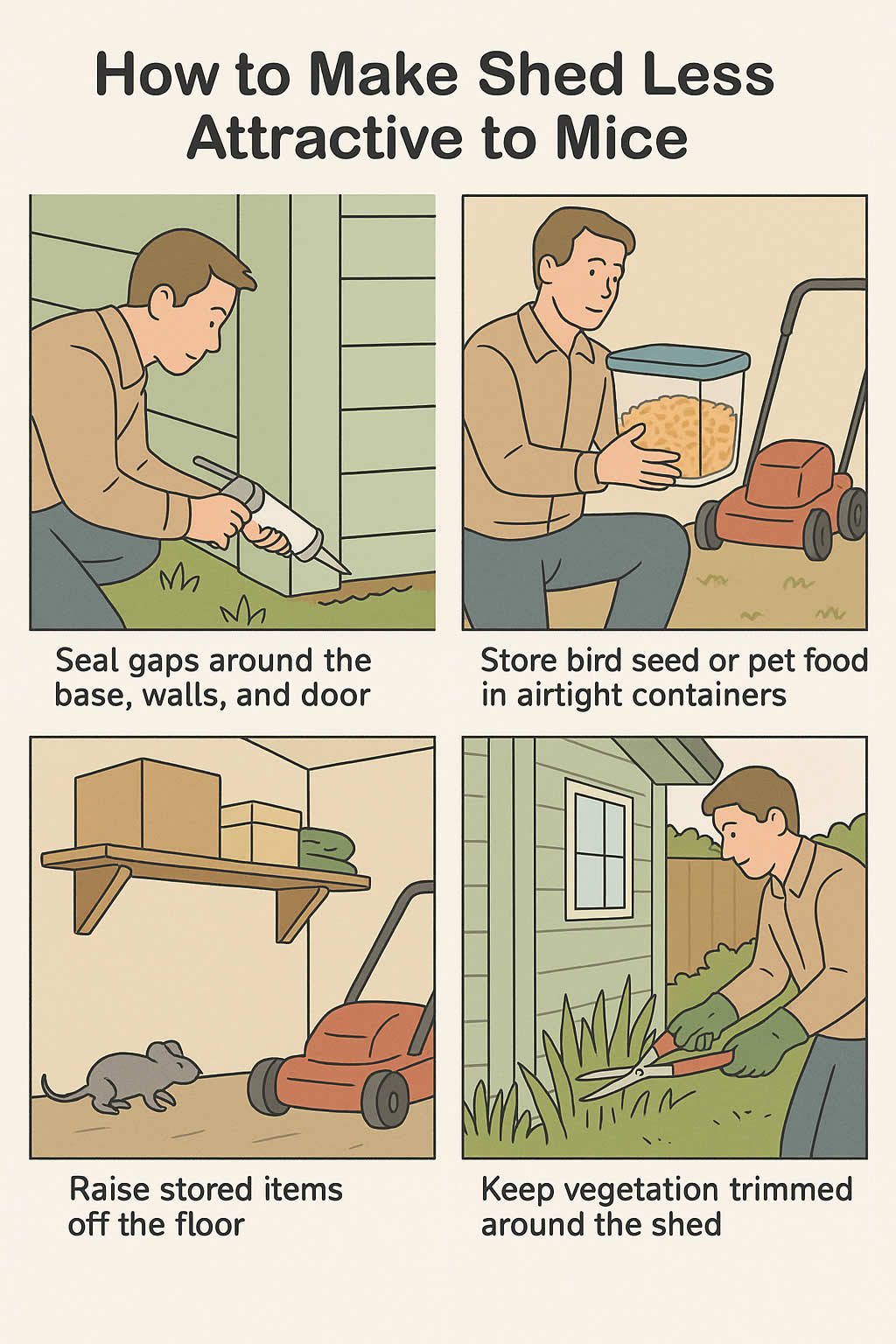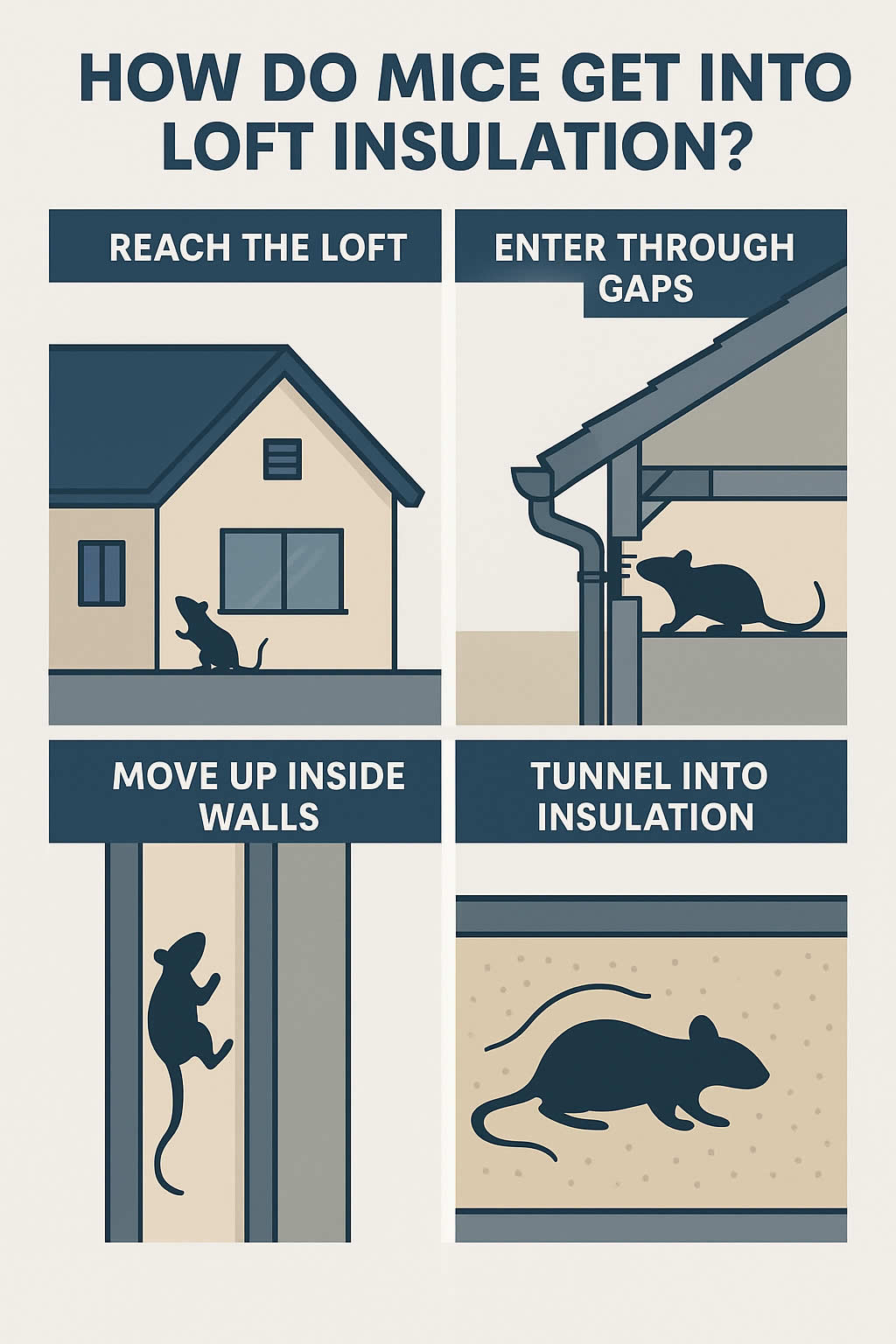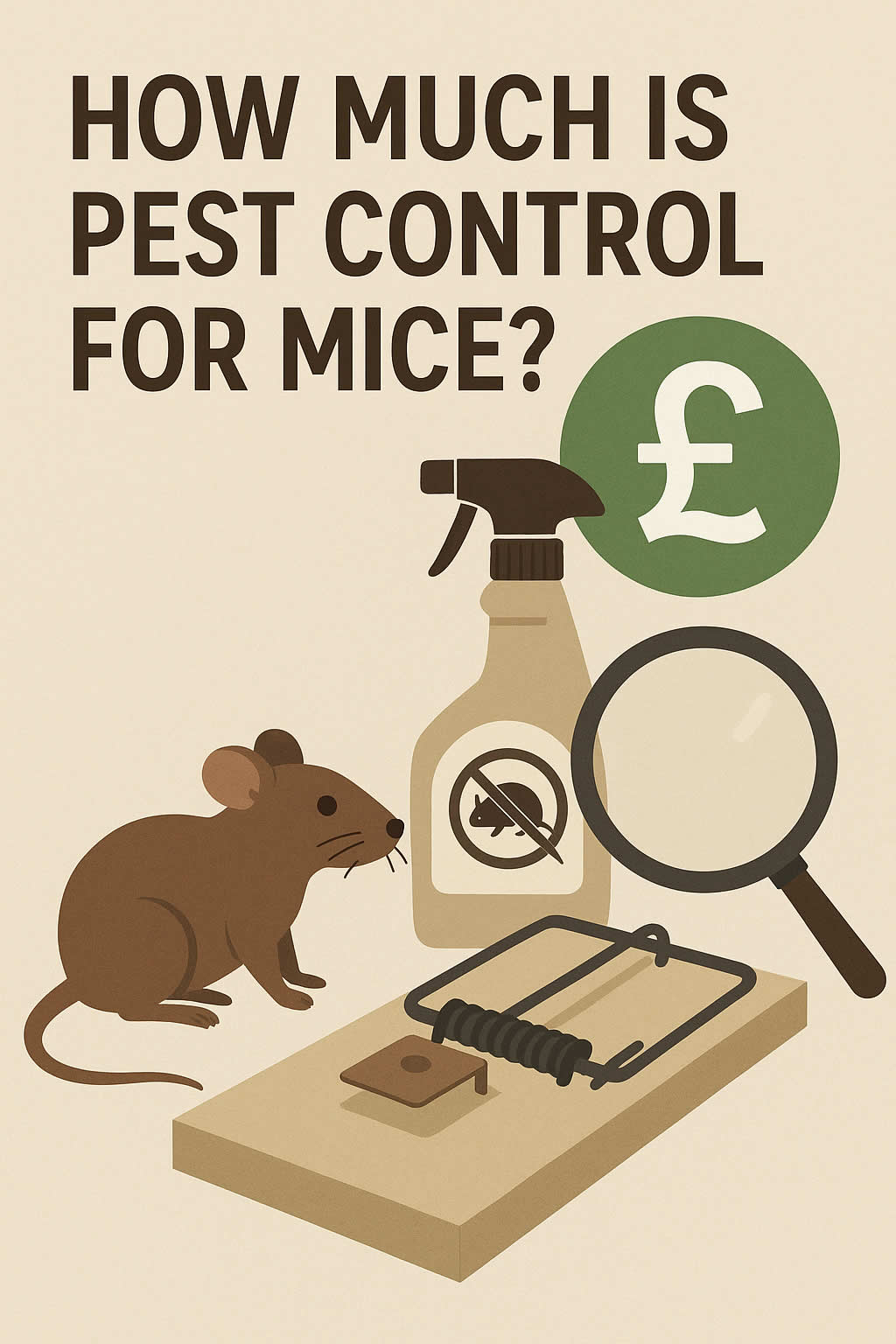Related Queries
ToggleFleas are more than just a nuisance. Once they get inside your home, they can cause irritation, allergic reactions, and persistent infestations that take weeks — sometimes months — to fully clear. What makes them even harder to deal with is how long they can hang around, even when there’s no pet or person nearby for them to feed on. You might think that no host means no problem, but fleas don’t give up that easily.
The truth is, fleas are survivors. They’ve evolved to wait, to hide, and to jump back into action the moment conditions are right. That’s why understanding how long fleas can live without a host — and more importantly, what to do about it — is key if you want to keep your home pest-free.
In this guide, you’ll get clear, practical answers. You’ll learn what keeps fleas going, where they wait, and how you can break the cycle before they have a chance to restart it. Whether you’ve spotted a few in your home or you’re dealing with the aftermath of a pet infestation, this post will help you take the right steps.
Understanding the Flea Life Cycle
Before you can get rid of fleas for good, it helps to know how they develop. Each stage in their life cycle affects how long they can survive without a host. Fleas aren’t always jumping around. In fact, much of their life is spent hidden away — growing, waiting, or preparing to feed.
How Fleas Grow from Eggs to Adults
Fleas start as eggs, usually laid on your pet or wherever the pet sleeps. These eggs are tiny, white, and fall off easily — meaning they end up in carpets, rugs, beds, and soft furnishings. From there, they hatch into larvae, which look more like tiny worms than bugs. These larvae burrow into dark, humid places and feed on organic matter, including dried blood and flea droppings.
After about a week or so, the larvae spin cocoons and enter the pupal stage. Inside these protective shells, they develop into adult fleas. They don’t emerge immediately though — they wait. And that’s where the issue really starts. They’ll stay hidden for days, even weeks, until a host comes close enough to trigger their senses.
Once an adult flea hatches, it’s ready to feed almost immediately. If it finds a host, it jumps on, bites, and starts the cycle again by laying eggs.
How Long Each Flea Stage Lasts
Each stage of the flea life cycle can vary depending on the environment. Eggs usually hatch within 2 to 10 days. Larvae develop for around 5 to 20 days before forming cocoons. The pupal stage can last as little as 7 days or stretch out for months if no host is nearby.
Adult fleas, once emerged, need to feed within a few days to survive. If they don’t find a host, they’ll only live for about a week or two. But inside their cocoons, fleas can lie in wait for far longer — often 5 months or more — depending on temperature, humidity, and movement nearby.
This delay in development makes flea infestations feel like they keep coming back, even when it seems like the problem was handled weeks ago.
What Makes Fleas Ready to Feed
Fleas don’t just hatch and hope for the best. They wait until they detect signs of life — like warmth, movement, vibrations, or carbon dioxide. These signals tell them a host is close. When that happens, they emerge from their cocoons and start jumping.
This is why vacuuming or moving furniture can sometimes make things feel worse before they get better. You’re disturbing their hiding spots, which can cause a sudden wave of activity as fleas emerge and look for something to bite.
But don’t let that put you off — disrupting their comfort is a key step in breaking the cycle.
What Happens When There’s No Host?
If there’s no pet or person around, fleas don’t just vanish. They adapt. They wait. And they make use of whatever conditions they can. This is what makes them so difficult to eliminate once they’ve settled in.
How Long Adult Fleas Can Survive Without Feeding
Adult fleas are built to find a host quickly. Once they emerge from their cocoons, they have only a few days to feed before they start to weaken. On average, they’ll live for around 5 to 14 days without a meal — but that’s in their adult form.
Fleas that have already fed can last a bit longer, especially if they’ve found shelter in thick carpets or soft furniture. But if there’s no blood source, they’ll eventually die.
This is important to know if you’ve recently treated your pets or if you’ve moved out for a while. Fleas won’t thrive without a host — but they might still be alive when you come back.
Why Fleas Wait Inside Cocoons for a Host
This is the stage where fleas really dig in. Inside their cocoons, they don’t need food, and they’re protected from most cleaning methods. They can pause their development and stay dormant for weeks or even months — just waiting for the right conditions.
These cocoons are sticky and hidden deep within fibres. That makes them hard to spot, and even harder to kill using surface sprays alone. They respond to warmth and carbon dioxide, which signals that a host is close. Only then will they emerge — and in that moment, they’re ready to bite.
So if you’ve ever felt like fleas appeared out of nowhere weeks after you thought you’d got rid of them, this is why.
Where Fleas Hide While Waiting for a Host
Fleas look for warm, quiet places where they’re unlikely to be disturbed. The most common hiding spots include:
- Deep in carpets and rugs
- Under sofa cushions or in the seams of soft furniture
- Inside pet bedding or blankets
- In cracks between floorboards
- Around baseboards, skirting boards, and soft edges of furniture
Anywhere that’s dark, humid, and out of the way is a prime location. That’s why thorough cleaning and inspection is key — not just of your pet’s things, but of every soft surface they might’ve come into contact with.
How to Break the Flea Life Cycle at Home
Getting rid of fleas without a host doesn’t mean sitting back and waiting for them to die. You have to take action — because they’ll survive far longer than you expect if left alone. The goal is to interrupt the cycle, kill the eggs and larvae, and make your home uninhabitable for fleas at every stage.
The Role of Vacuuming and Heat
Vacuuming is one of the most effective things you can do. It picks up eggs, larvae, and adult fleas, while also disturbing the cocoons so fleas emerge and can be dealt with. Focus on carpets, under furniture, soft furnishings, and along baseboards.
Use a vacuum with strong suction and a HEPA filter, and empty the contents into a sealed bag immediately after each use. Steam cleaning is also useful — high temperatures kill fleas at all stages, including those in cocoons.
Don’t underestimate the power of heat. Wash anything washable — bedding, blankets, curtains — at 60°C or above, and dry thoroughly on high heat. Fleas can’t survive those temperatures.
Treating Soft Furnishings and Pet Areas
Sprays and powders can help, especially when combined with other methods. Choose products that target all stages — including growth regulators that prevent eggs from developing into adults.
Make sure you treat sofas, cushions, pet beds, and any area where fleas could have laid eggs. Follow instructions carefully, and repeat treatments as needed — usually after 10 to 14 days — to catch newly emerged fleas.
For stubborn infestations, consider foggers or smoke bombs, but only as part of a full strategy. These won’t reach deep into carpets or furniture unless combined with direct contact sprays and vacuuming.
How to Clean Your Home If You Don’t Have Pets
Even if you don’t have pets now, you can still get fleas — from visitors, previous tenants, or even wild animals like foxes or birds. If you’re dealing with fleas in a pet-free home, the same rules apply.
Focus on soft surfaces, hidden corners, and anywhere people rest or sleep. That includes beds, rugs, and corners where warmth builds up. If fleas sense a person nearby, they’ll still bite — pets aren’t the only hosts they’ll settle for.
In these cases, don’t assume the fleas will die out quickly. Without pets, they may struggle to survive, but they’ll still hang on for weeks — and in their pupal stage, much longer.
Preventing Flea Infestations Before They Start
Once you’ve cleared your home, prevention becomes the priority. Fleas are persistent, but there are clear steps you can take to make sure they don’t return.
How to Protect Homes with or without Pets
For homes with pets, regular flea treatment is a must. Use vet-approved products and keep up with the schedule — even in winter. Fleas don’t stop breeding just because the weather changes, especially indoors.
If you don’t have pets, prevention means staying aware. Clean regularly, especially after visitors with animals. If you move into a new property, deep-clean carpets and soft furniture. And if you’ve had fleas once, keep checking every few weeks for signs — just to be safe.
Why Flea Eggs Can Reappear Weeks Later
One of the most frustrating things about fleas is how long eggs and cocoons can last. Even if you don’t see anything for days or weeks, the eggs you missed can still hatch. That’s why a single round of treatment is rarely enough.
Plan at least two full treatments, spaced 10 to 14 days apart. This gives you the best chance of catching new fleas before they lay more eggs. Keep vacuuming daily during this period, and continue washing fabrics until you’re certain the cycle is broken.
When to Call in a Professional
If the problem keeps coming back, or if you’re seeing fleas despite your efforts, it might be time to bring in a pest control expert. They’ll be able to treat the home more thoroughly, identify hidden sources, and use products that aren’t available over the counter.
Professionals also know where to look — including air vents, wall gaps, and external sources like gardens or lofts. In some cases, fleas may be nesting in places you can’t easily reach, especially if wild animals have access to your property.
There’s no shame in asking for help — especially when it speeds up the process and gives you peace of mind.
Our Final Say!
Fleas can live without a host for longer than most people realise. In their adult form, they might only last a week or two without feeding. But in their cocoons, they can lie in wait for months — ready to jump into action the moment you walk past.
That’s what makes flea control tricky. It’s not just about removing what you can see — it’s about understanding how they survive and outsmarting them at every turn. With the right approach, you can break the cycle, clean your home properly, and make sure they don’t come back.
So if you’re dealing with fleas, don’t panic — but don’t wait either. Start now. Be consistent. And remember: the more you disrupt their comfort, the faster you take back control of your space.













